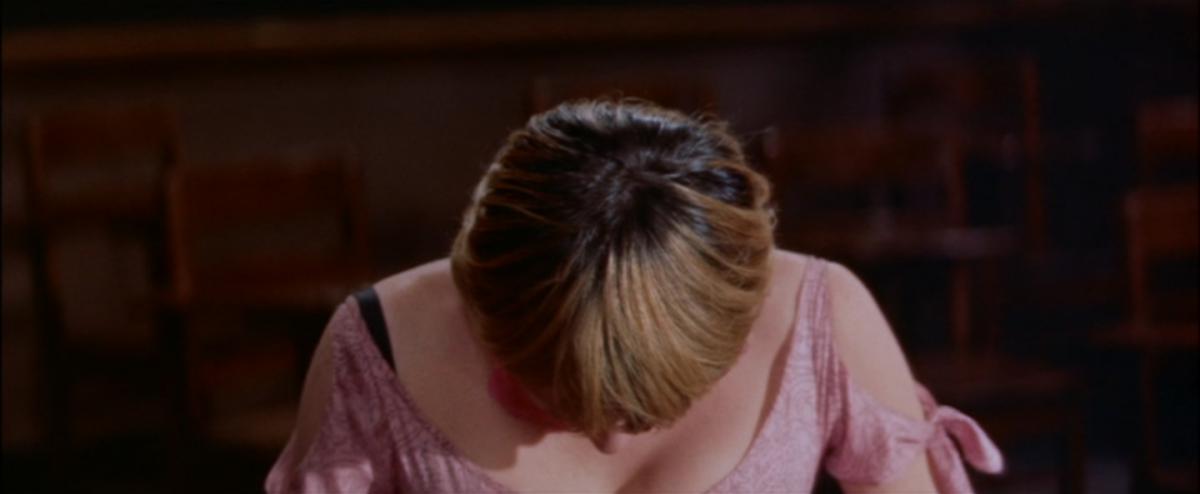Some Came Running

A little warning to those who didn’t see Some Came Running (Vincente Minnelli, 1958): the following text by Jacques Rancière reveals the ending of the film.
At the foot of the stairs, a woman pulls a mirror out of her stuffed bunny purse and decides to apply a bit more make-up. It’s all quite banal. Why is it, then, that the viewer feels a tug at his heartstrings? It’s because this woman performs the gesture as if her entire life depended on this missing make-up. Of course, she puts too much on. And it is in fact her life that she’s staking when she walks up the stairs to ask if the English teacher is or is not her rival. It’s enough to see the joy illuminate her face when she hears the haughty teacher reply, with ice-cold irony, that she has nothing to worry about on that front. Where could she have learned that words say something other than what they’re saying and that the ornaments you use to make you attractive are also indicators of your class? We laugh regularly at the naïf who doesn’t hear what he or she’s being told. But how can we not mix into this laughter the pain experienced for a person deprived of the science we readily grant even those without brains: the science of appearance. Not knowing how to avoid an excess of make-up, tears or laughter; not knowing whether to laugh or cry; feeling and not feeling that you’re being made fun of: all of this is played and replayed ceaselessly on Ginnie’s face. Never has one and the same body so perfectly combined all the signs of complete innocence with all the flourishes supposed to guarantee seduction and prove love. And it is of course amidst the artifices of the fairgrounds that this woman who stakes her life on a word, a gaze or a bit more lipstick meets her end, clutching to her heart the cushion with the word ‘Sweetheart’ embroidered on it. Never has the violent separation of worlds and someone’s vain efforts to inch closer to a light she has no right to been represented with such tender cruelty. And never has a filmmaker coloured with such visual enchantments the simple pleasure taken in boundless sadness.
What cinema has excelled in creating are these singular bodies, conveyors of new emotions. Cinephilia isn’t the love for old films; it’s the love for these singular inventions that wreak havoc in our forms of perceptions and in the tenor of our emotions.
These lines on Some Came Running (Vincente Minnelli, 1958) were written for Sabzian’s second festive evening on 14 February 2015.
Image from Some Came Running (Vincente Minnelli, 1958)

